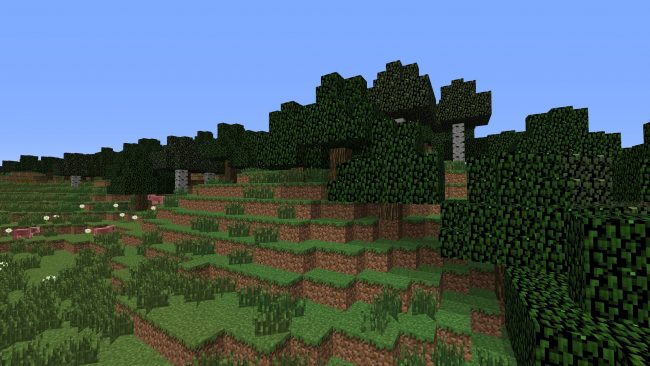Today we had the opportunity to learn about and experience augmented reality and virtual reality. Augmented reality is an interactive experience of a real-world environment where the objects that reside in the real world are enhanced by computer-generated information. This information is typically multiple sensory and modalities, and includes visual, auditory, and olfactory modes. Augmented reality allows students to examine the complicated reality of past events. When first introduced to this topic, I thought I hadn’t thought that I had experienced augmented reality before this class, and discovered that games like PokemonGo is a perfect example of these resources and tools. Something for teachers to keep in mind is that they should use technology to do things we can not do ourselves, such as take students to past events that are hard to fully explain to students.
HP Reveal is an example of a resource for Augmented reality that students and teachers can use within the classroom. Rebecca Bathhurst-Hunt used HP Reveal in her kindergarten classroom for students to make and explain totem poles that each student made in an inquiry project about discovering themselves and who they are.
Students can both consume and create. Students can have the learning experience rather than the teacher always creating it. Augmented reality can be time-consuming and slightly frustrating given that technology is not always reliable.
Virtual Reality is a computer-generated environment that one is completely immersed in. I got to experience virtual reality for the very first time today, and I was unlike anything I’ve ever experienced. I chose the rollercoaster experience, and it definitely felt as if I were really riding one. My favourite part of the experience was seeing my classmate paint a world of her own and see the excitement on her face.
